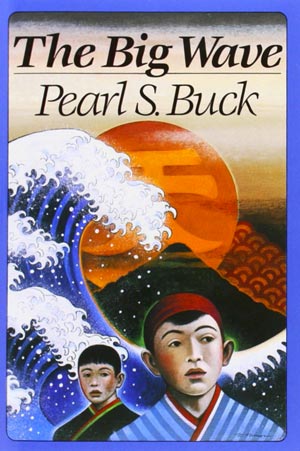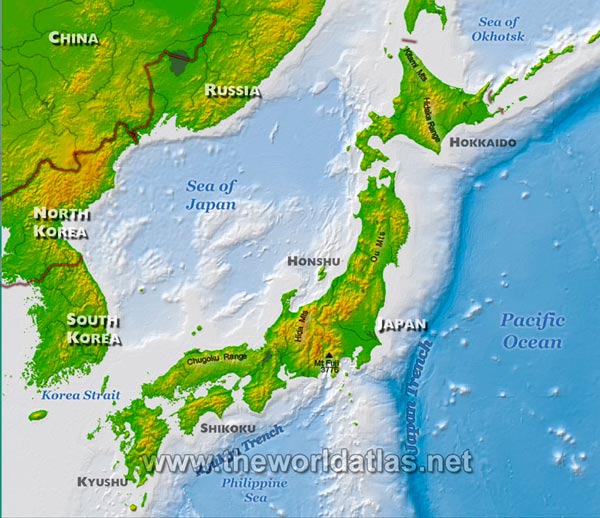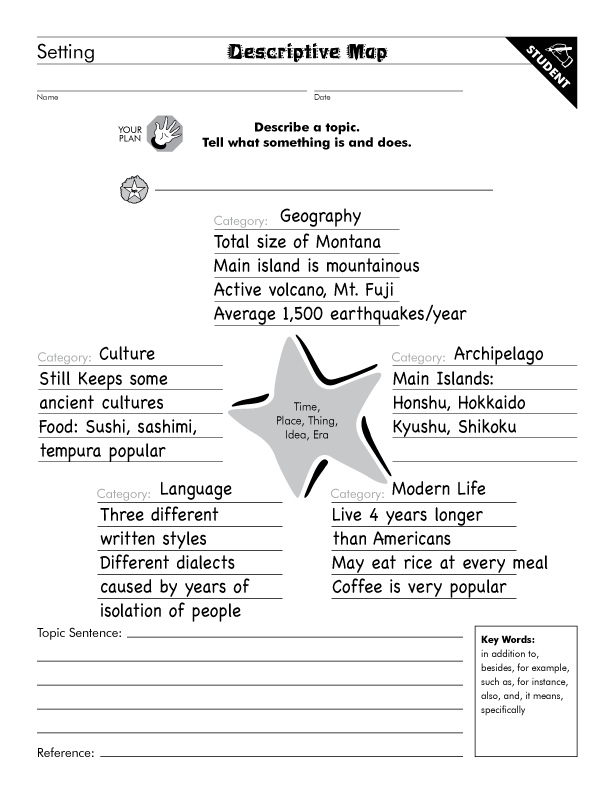Menu
-
- Home
-
About Us
-
The Approach
-
Linking Language & Literacy
-
MindWing Learning
-
Learning Resources
-
SHOP
-
Blog
-
- About MindWing
- Our People
- Contact Us
- Your Account
- Login
-
Spain (EUR €)

Understanding Novels / Chapter Books with SGM
January 14, 2016 4 min read

Message from Maryellen:
This year, one of our website goals is to provide lessons using novels, chapters from chapter books, short stories and, yes, picture books for clinicians and teachers who work with middle and high school students who are in need of discourse level language development services. On our yearly visit to each of the boroughs of New York City in December, 2015, many participants asked for such “higher level” examples.
It is important to note that picture books are key to development of narrative thought, social communication and inference building through the recognition of literary elements such as feelings, plans, mental states of characters through the coupling of illustrations and text. Often the clues to these vital elements are not visible when illustrations are not available. However, oral and written expression of what was comprehended in novels, chapter books and short stories, having few or no illustrations, is vital to facilitating the student led small group discussions in middle and high school classrooms. Our hands-on tools, maps and other manipulatives assist students in “seeing” and talking about the connections.
Beginning Notes:
Lexile levels provide a quantitative level of readability while we look to qualitative assessment to help us know the complexity of the text concepts in terms of problem solving, character motivation and perspectives, interaction of characters within settings, noting foreshadowing, discovering figurative language such as metaphors which help determine themes such as loss, happiness, tragedy and resilience! Please see description of the triad: quantitative, qualitative and matching reader to text and task in Appendix A of the Common Core State Standards (CCSS).
In this series of postings, I will utilize a classic novel by Pearl S. Buck entitled The Big Wave. Please note that Stone Fox by John Reynolds Gardner is meticulously analyzed as another example in our ThemeMaker manual (narrative and expository texts for older students). Other pages in our website contain other examples such as Balto (our Free Lessons page) and 12 episodes of Anna and Elsa’s saga told in our blog “Disney’s FROZEN – Story Grammar Marker® Style!”
Pearl S. Buck
Pearl S. Buck, of Asian-American heritage, spent her life writing to promote cross-cultural understanding, human rights and especially the rights of children experiencing hunger, disease, poverty and tragic situations. She particularly focused on building hope where there was hopelessness. Her foundation Pearl S. Buck International, Inc. (PSBI) fosters such efforts.
Tutorial on The Big Wave
The Big Wave is presented here as a tutorial for you as you assess the qualitative elements of a novel. These elements, contained in the Critical Thinking Triangle® of the Story Grammar Marker® serve to make the struggles of characters and thus their stories very complex. In this way, these elements extend the grade levels for use, despite an assigned Lexile level (quantitative analysis).
A case in point: In one of the NYC breaks, a participant noted that although her students could read all the words in a passage, the narrative, or story, contained advanced elements such as perspective, character and setting contrasts, multiple challenges, varied, unexpected responses of the characters and figurative language such as foreshadowing and metaphor.
I chose The Big Wave because it is a short novel having an intricate plot (macrostructure) composed of a geographical setting, themes of friendship, tragedy, resilience and hope. Figurative language of imagery, foreshadowing and personification are evident and contribute to the identification of the themes. I have broken the text into ten “sessions.” Each one uses one or more of MindWing Concepts’ tools and maps.
Session #1 — Analysis of a Geographical Setting
 A setting is more than a time and a place. The setting is composed of the geography and the usual happenings within that landmass. The landmass could be a seaside village, a park, an apple orchard, or simply a street somewhere in the world. The Setting for The Big Wave by Pearl S. Buck is called a geographical setting where the geography plays an important part of plot development, giving rise to initiating events, surprises or challenges, which are then responded to by the characters involved. A geographical setting includes the culture of the people of the area as well as an historical era.
A setting is more than a time and a place. The setting is composed of the geography and the usual happenings within that landmass. The landmass could be a seaside village, a park, an apple orchard, or simply a street somewhere in the world. The Setting for The Big Wave by Pearl S. Buck is called a geographical setting where the geography plays an important part of plot development, giving rise to initiating events, surprises or challenges, which are then responded to by the characters involved. A geographical setting includes the culture of the people of the area as well as an historical era.
In this short, 57-page novel, there are two boys who come to realize a strong life-long friendship as they survive, take perspective, learn from mistakes and become resilient and hopeful for the future.
There are two primary geographical settings in this book. Both are in Japan:
- Kino lives on a mountain farm near a volcano.
- Jiya lives in a fishing village at the edge of the sea.
Before we begin our study with students, take time to build your own knowledge about Japan.
Japan is an island upon which there are many mountains, lakes and volcanoes. Japan is a volcanic island and is surrounded by the sea. All parts of Japan are seventy or fewer miles from the sea. That makes it vulnerable for tsunamis as well as from the eruptions of volcanoes. Thus, there are many opportunities that the setting has — in the hands of writers — to enable the creation of interesting stories with very intricate plots.

Share your knowledge with your students by discussing various descriptions of Japan with them. Shown below is one of the Descriptive Setting Maps from MindWing’s ThemeMaker.

See the references below for building your knowledge about Japan and tsunamis.
Teaching Video — The Geography of Japan
https://www.youtube.com/watch?v=Ob7UhHBI7Oc
Tsunami Video
https://www.youtube.com/watch?v=Wx9vPv-T51I
2011 Earthquake and Tsunami
http://www.livescience.com/39110-japan-2011-earthquake-tsunami-facts.html
Information about Japan: — 3D Geography
http://www.3dgeography.co.uk/#!geography-of-japan/c1im1
Printable Maps of Japan
http://facts-about-japan.com/maps.html
History, Etc.
http://www.infoplease.com/country/japan.html
Culture
http://facts-about-japan.com/japanese-culture.html
Travel, Attractions
http://www.gojapango.com/
Japan: The Official Guide
http://www.jnto.go.jp/eng/
Recent Japan Earthquake Event
http://www.masslive.com/news/index.ssf/2016/01/67-magnitude_earthquake_strike.html
Reference
Osborne, M. & Boyce, N. (2007). Magic Tree House: Tsunamis and other natural disasters. New York: Random House.
Next Blog
Session #2, Comparing/Contrasting Kino’s and Jiya’s Japan Settings
Leave a comment.
Comments will be approved before showing up.
